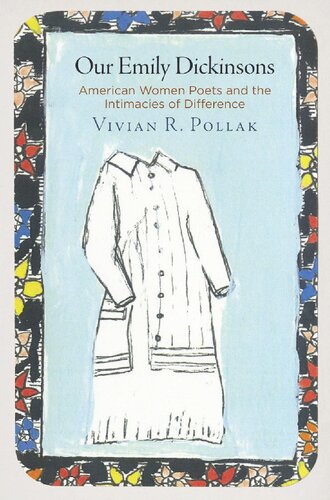

Most ebook files are in PDF format, so you can easily read them using various software such as Foxit Reader or directly on the Google Chrome browser.
Some ebook files are released by publishers in other formats such as .awz, .mobi, .epub, .fb2, etc. You may need to install specific software to read these formats on mobile/PC, such as Calibre.
Please read the tutorial at this link: https://ebookbell.com/faq
We offer FREE conversion to the popular formats you request; however, this may take some time. Therefore, right after payment, please email us, and we will try to provide the service as quickly as possible.
For some exceptional file formats or broken links (if any), please refrain from opening any disputes. Instead, email us first, and we will try to assist within a maximum of 6 hours.
EbookBell Team

4.4
72 reviewsFor Vivian R. Pollak, Emily Dickinson's work is an extended meditation on the risks of social, psychological, and aesthetic difference that would be taken up by the generations of women poets who followed her. She situates Dickinson's originality in relation to her nineteenth-century audiences, including poet, novelist, and Indian rights activist Helen Hunt Jackson and her controversial first editor, Mabel Loomis Todd, and traces the emergence of competing versions of a brilliant but troubled Dickinson in the twentieth century, especially in the writings of Marianne Moore, Sylvia Plath, and Elizabeth Bishop.
Pollak reveals the wide range of emotions exhibited by women poets toward Dickinson's achievement and chronicles how their attitudes toward her changed over time. She contends, however, that they consistently use Dickinson to clarify personal and professional battles of their own. Reading poems, letters, diaries, journals, interviews, drafts of published and unpublished work, and other historically specific primary sources, Pollak tracks nineteenth- and twentieth-century women poets' ambivalence toward a literary tradition that overvalued lyric's inwardness and undervalued the power of social connection.
Our Emily Dickinsons places Dickinson's life and work within the context of larger debates about gender, sexuality, and literary authority in America and complicates the connections between creative expression, authorial biography, audience reception, and literary genealogy.